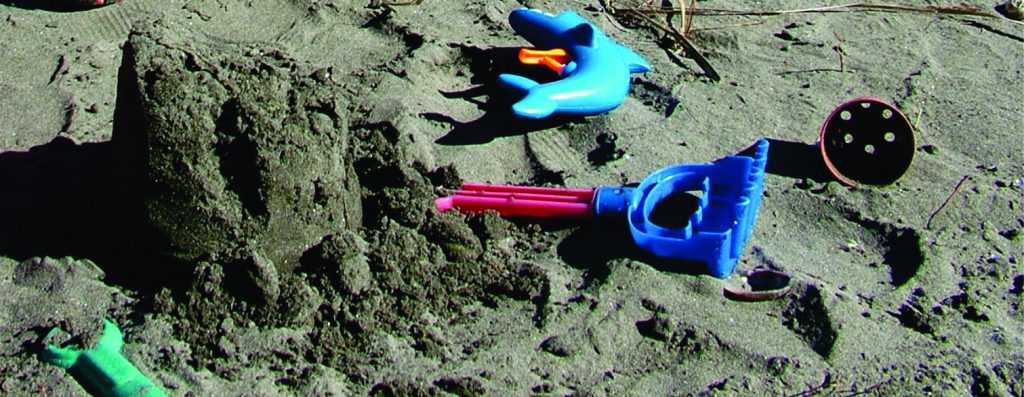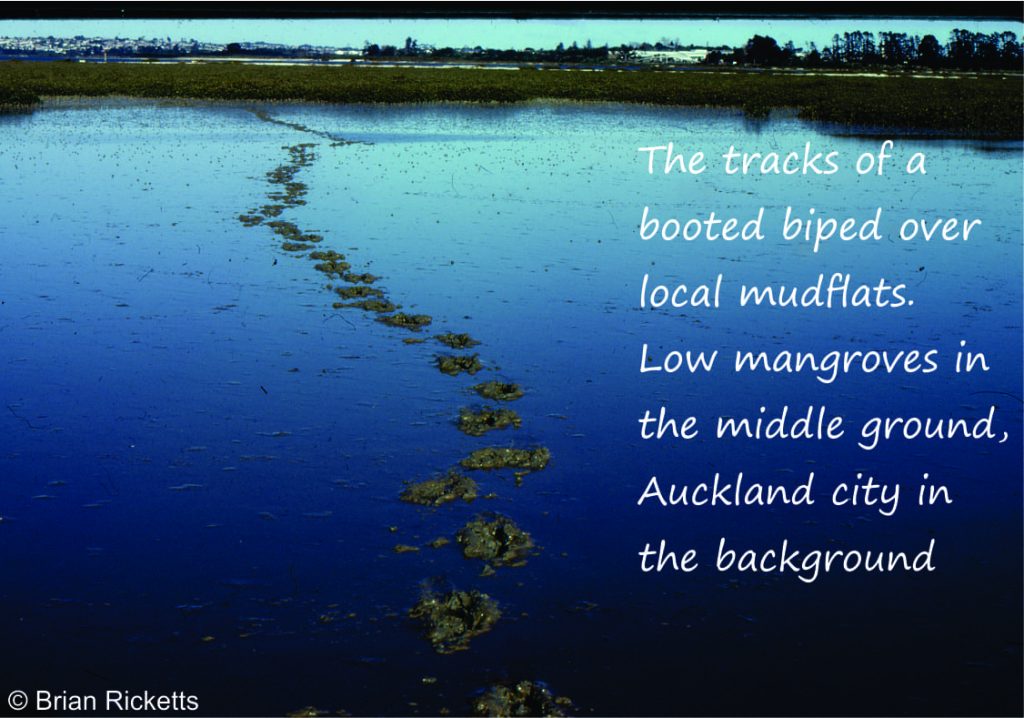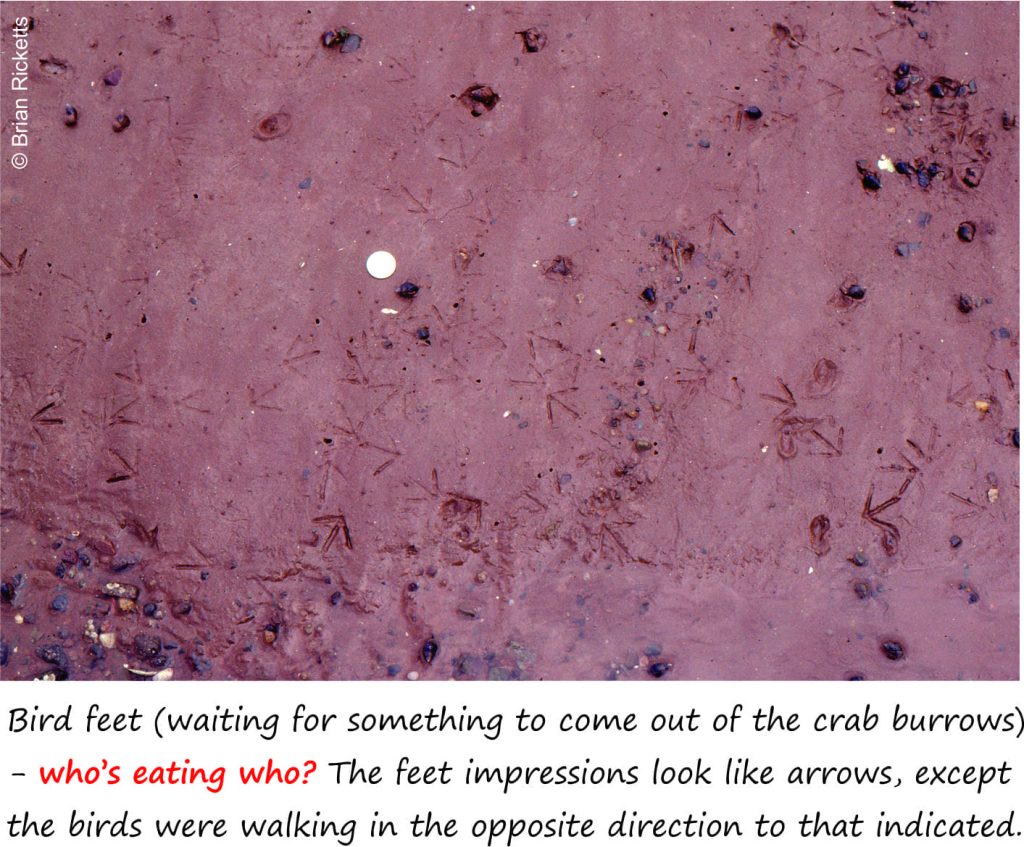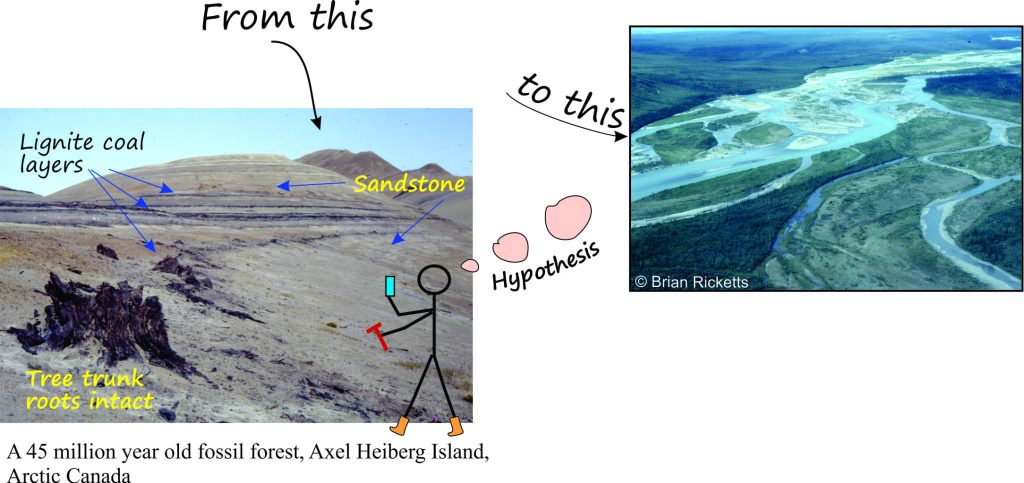You are at the beach, by the river, in the garden; you walk through soft sand, squish through mud, pull weeds and sow seed in soil. They’re all soft, squishable, digable. But throughout the 3400 million years of our Earth’s known sedimentary record, countless millions of times, these same deposits have hardened to rock. Continue reading





